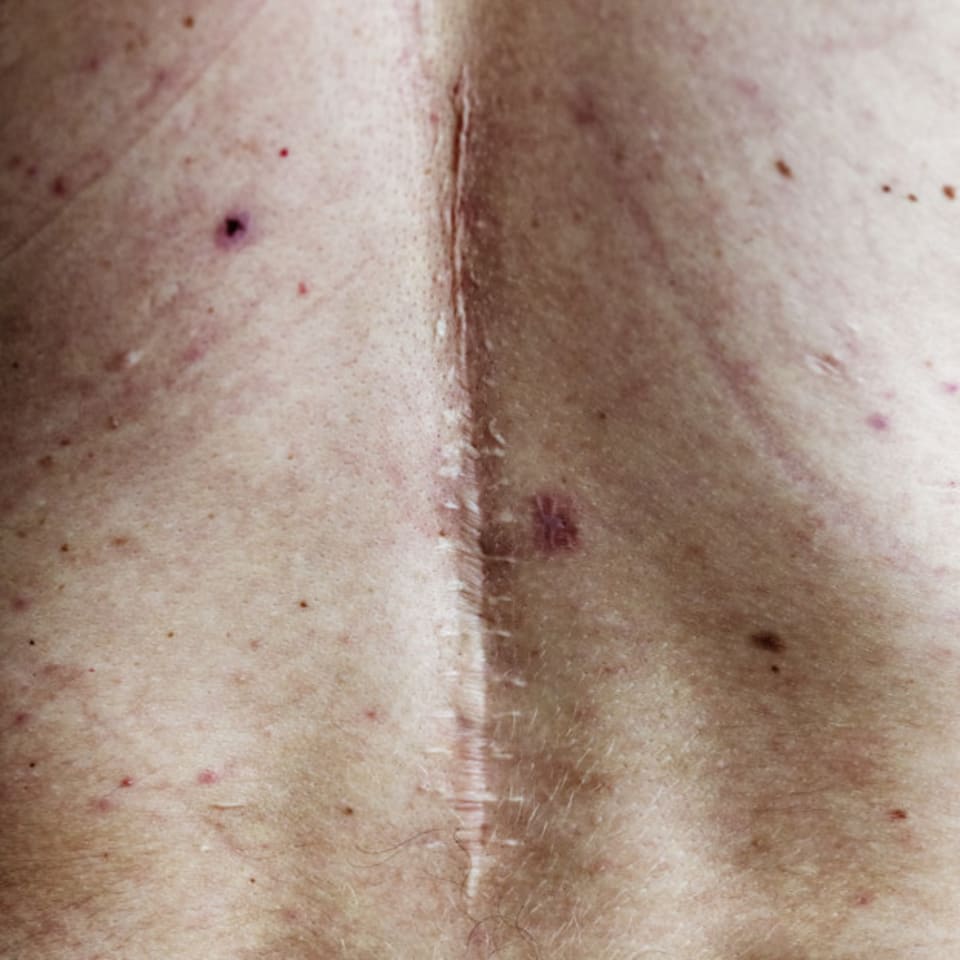
Silicone gel or sheets may be a go-to recommendation from your doctor. Make sure to follow the directions on the retinoid cream product you purchase. Much like natural remedies such as garlic or onion, the cream has been clinically proven to reduce keloid appearance. Retinoid cream is a derivative of vitamin A, or retinol. Apply three to four times per day until you see your desired results. Apply the juice to the keloid area and let it sit until dry.Squeeze out the juice by compressing it with a clean cloth.This is most likely due to its quercetin content, a flavonol with antioxidant properties. In a 2011 trial, it reduced pigmentation. A 2013 study found that the use of onion extract stopped fibroblasts - the cells that produce the scar tissue - from entering the skin.Īnother study in 2012 found onion extract gel sped healing and reduced scar height. Quite a few studies support the use of onion for keloids. It’s recommended that you use it at least two to three times per day until you get your desired results. Rinse off later if the site gets sticky.Dab a bit of raw honey - organic honey is recommended - on the site.It’s an appealing natural alternative without potential harmful side effects found in corticosteroids or nonsteroidal anti-inflammatory drugs (NSAIDs) like aspirin.

Honey was mentioned in a 2015 review for its healing potential with keloids specifically. Honey contains anti-inflammatory compounds that may help reduce keloids. Discontinue use or reduce application time if the garlic burns your skin.Wash off with water and apply moisturizer.Apply to the keloid area and let it sit for about 15 minutes.Take two to three fresh garlic cloves and crush them.Over time, application may help lighten scars. It blocks certain enzymes from entering the site that contribute to tissue and pigment buildup. This root vegetable works much like aspirin, according to a 2011 dermatology report. Repeat once every day until desired results are achieved.

Let it sit for an hour or two, then rinse.


 0 kommentar(er)
0 kommentar(er)
